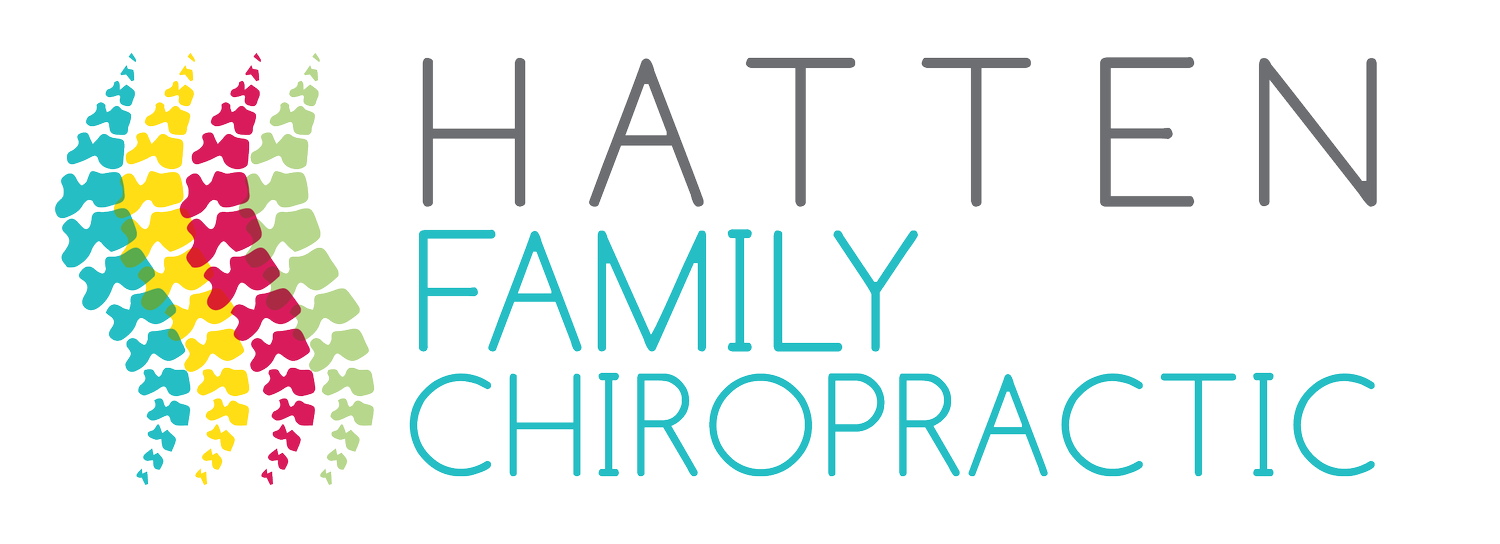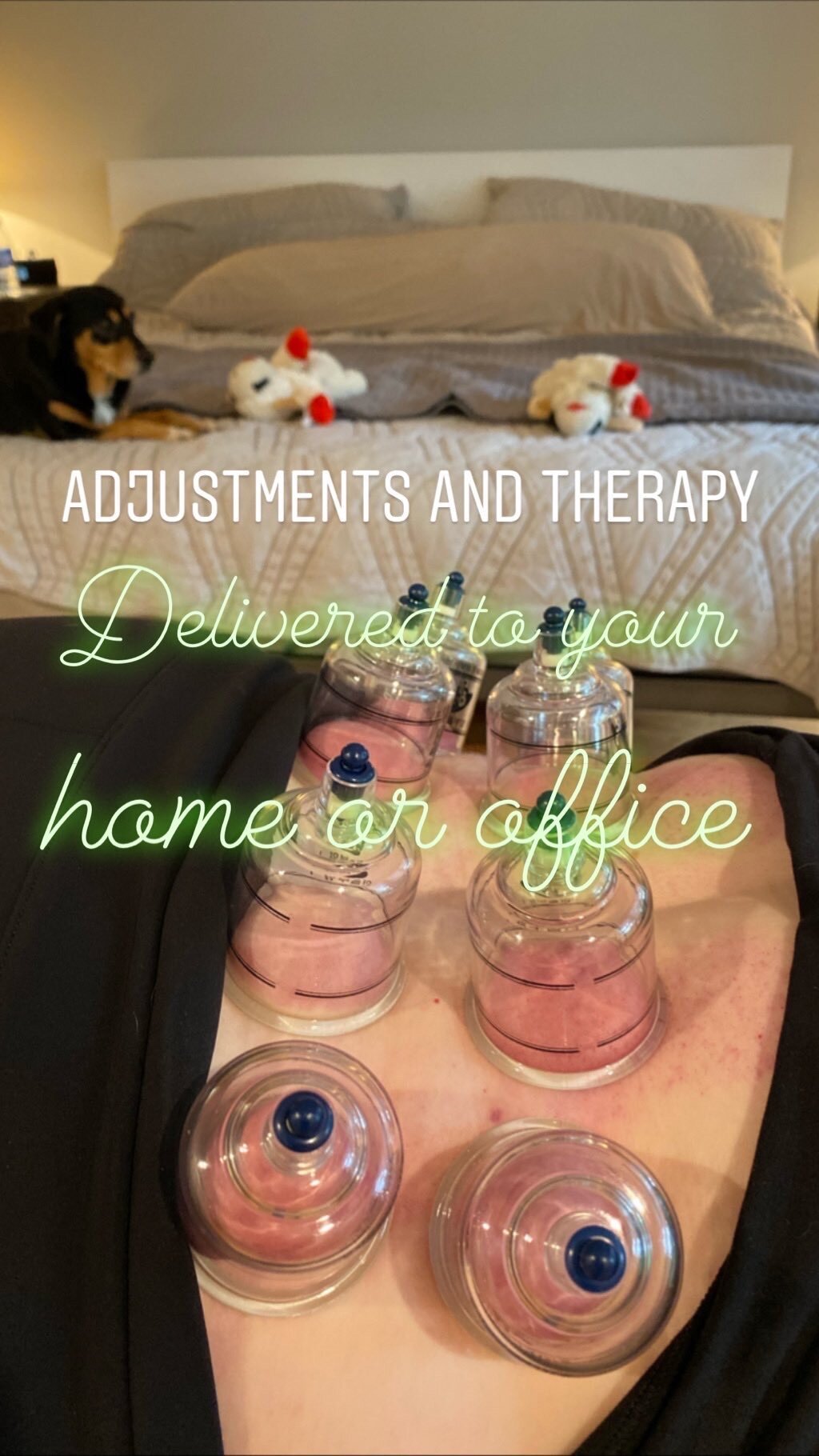What is Cupping Therapy?
Hi Health Fam!
Who has heard of Cupping Therapy? I had been aware of cupping since chiropractic school, but I think it really broke into mainstream attention when our boy Michael Phelps got cupped during the 2016 Olympics. Phelps trainer, Keenan Robison, said that Phelps “looked like a Dalmatian or like he had a really bad tattoo sleeve,” during the Olympics. Seeing one of the nation’s premiere athletes try a little-known Eastern therapy raised a lot of eyebrows and generated a lot of press attention, but it also generated a lot of spin from pro and anti-cupping writers. Let’s try to separate the facts from the hype and determine if cupping is right for you.
One of my patients getting cupped after a chiropractic adjustment. I love her chakra tattoos.
What is the goal of cupping?
Cupping therapy increases local blood flow, helps speed recovery from injury, and helps break down adhesions in muscles and connective tissue and improve range of motion in joints and anatomy trains.
Wait, what?
Let’s pause and define a couple of these terms. I think we understand increases blood flow. The extra blood flow is what helps boost healing and recovery at the cellular level. Now, we may not all know the word adhesions. Adhesions are defined as “abnormal union of membranous surfaces due to inflammation or injury.” How can muscles and connective tissue develop adhesions you ask? Typically it’s from an acute trauma or injury, an overuse or repetitive motion injury, or constant pressure/tension. These fibrous growths can develop in muscles, ligaments, tendons and fascia.
So, cupping therapy works to remove these fibrous growths and allow the muscles and/or connective tissue to return to their normal function. Just like cupping therapy, Massage therapy, certain chiropractic techniques, and various other healing modalities like Rolfing and Gua Sha all address removing these adhesions. Unlike these other techniques, cupping is virtually painless and takes only a fraction of the time that these other modalities take to achieve similar results.
Other potential benefits of cupping include relief from the following:
Low back pain
Neck pain
Shoulder pain
Knee pain
Headaches and migraines
Bronchial congestion due to cold or asthma
Sports performance and enhancement
Detoxification of skin
Detoxification of the circulatory system
Relieves constipation and promotes healthy digestion
And many more
Unfortunately, most of the claims in this list are not currently supported by western allopathic medicine, and many of these benefits are solely anecdotal. However, researchers continue to try to create and promote high quality studies that can demonstrate the effectiveness of cupping for a variety of conditions.
Is Cupping Therapy right for me?
The short answer is that almost anyone will benefit from cupping therapy. If you feel like you would benefit or have benefited from massage, then you will probably benefit from cupping. The procedure is virtually painless,
The most common contraindications, (reasons not to be cupped), include bleeding disorders, extremely high blood pressure, heart and circulatory disorders and some cancers. Cupping should not been done over areas of irritated or broken skin, over arteries, veins or lymph nodes, eyes, or any fractures.
Cupping therapy can possibly cause pain, swelling, dizziness, lightheadness, sweating, skin pigmentation and nausea, though I have never seen any of these symptoms occur in three years of practice. Cupping will also leave large circular purple marks, or bruises, on the skin that will last anywhere from three to seven days. Because I don't use fire cupping, burns and scarring will not occur.
In my next post, we’ll dive a little deeper into the history and various types of cupping therapy!




